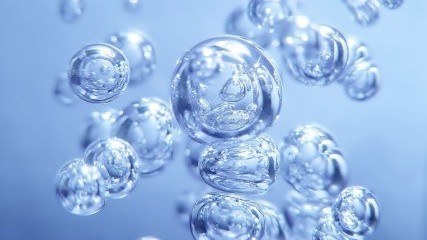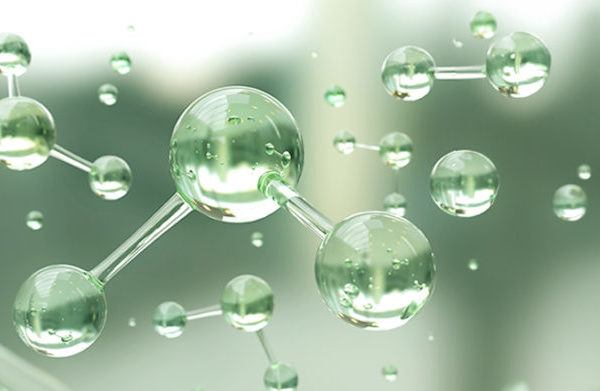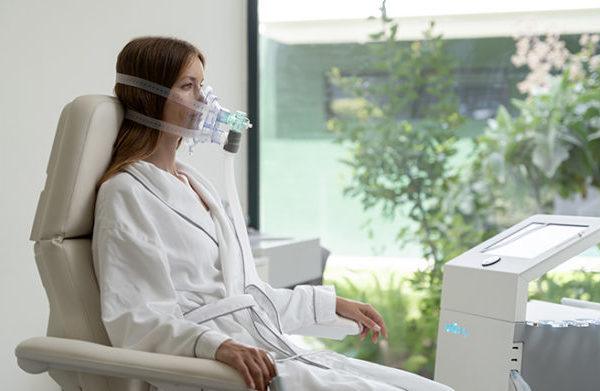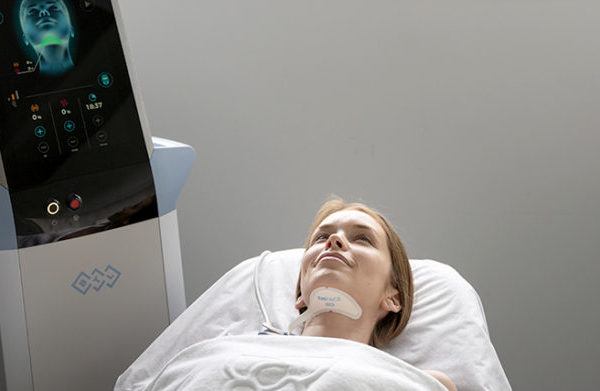
SHA Magazine Health & Beauty
What is ozone therapy?
Although ozone is generally thought of as the layer that protects us from ultraviolet radiation, the truth is that this molecule, though it is toxic, applied in small controlled doses has other more direct applications that are equally beneficial to health. Dr. Rosario Garcia, Licensed in Medicine and Surgery andexpert in Biological Medicine and Anti-aging Medicine answers some frequently asked questions (FAQ) about this therapeutic treatment.
- What is ozonetherapy?
Medical ozone therapy consists in applying a mix, using the so-called “ozone generators”, made up of ozone gas with medicinal oxygen, in the human body using various techniques (intradermal, intravenous or intradiscal) with therapeutic purposes.
- What is an ozone generator?
An ozone generator is a hyperbaric ozone therapy machine that is used to carry out the revitalisation sessions in an automated manner. Blood enters the vein with the help of a precise, safe and automatic pump system called autohemotherapy.
- What is autohemotherapy?
The Autohemotherapy revitalisation or intravenal ozone therapy consists in extracting around 150ml of the patient’s venous blood, which is mixed with the ozone is a sterile glass vial with anticoagulant and is immediately reinfused in the patient using the same entry point. The entire process is performed in a closed and sterile system that connects the patient with a glass vial which is in turn connected to the ozone generator. Another form of application is rectal ozone therapy, where the ozone is applied with the aid of a cannula through which 200-300mls of ozone is insufflated. Both procedures take about 20 minutes, after which the patient can return to their normal activity.
- What are the benefits of ozone treatment?
Dr. Rosario Garcia assures that “medical ozone therapy, positioned as one of the latest techniques in various technical specialities is scientifically proven to be an effective technique that results in an overall significant improvement of many of the body’s physiological processes, improving quality of life and work capacity“. Ozone therapy stands out due to its oxygenating, revitalising, antioxidant, regenerative and immunomodulatory power, providing people with positive effects that last over time. Some of the most highlighting health benefits of the ozone therapy are:
– Relieves headaches and migraines
– Improves blood circulation
– Activates blood circulation and, therefore, reduces cellulite and orange peel and even reduces varicose
– Reduces cholesterol and uric acid
– Enhances mental performance and alertness, preventing neurogenerative diseases such as Alzheimer
– Improves the immune system and thus helps the prevention and cure of diseases
– Improve the overall appearance and beauty
– Produces an overall sense of well being, increased energy and vitality
- What diseases is ozone therapy recommended for?
Ozone treatment is normally applied to treat different diseases, mainly in orthopaedics, cardiology, neurology or rheumatology. In fact, ozone therapy treatment for herniated disc is one of the most successful applications. Nevertheless, as Dr Garcia says “it is also used in the field of Anti-Ageing Medicine, offsetting and slowing the deterioration that happens in the body with age, and is one of the most effective revitalising treatments and very compatible with other treatments such as serotherapy“.
- To whom ozone therapy is addressed?
- How many ozone therapy sessions are needed?
The dosage of the ozone to be administered will depend on the patient’s general state of health, their age, the base disease and the number of sessions tend to be 10, recommending a minimum of 5. From a clinical point of view, the improvement in the patient is seen between the 5th and the 10th session and the cycles can be repeated every 3 months.
- Does it have any contraindications?
The only contraindication is about people suffering the favism disease, a very specific haemolytic anemia that only affects to a very small percentage of the population, although it is not recommended to pregnant women.





